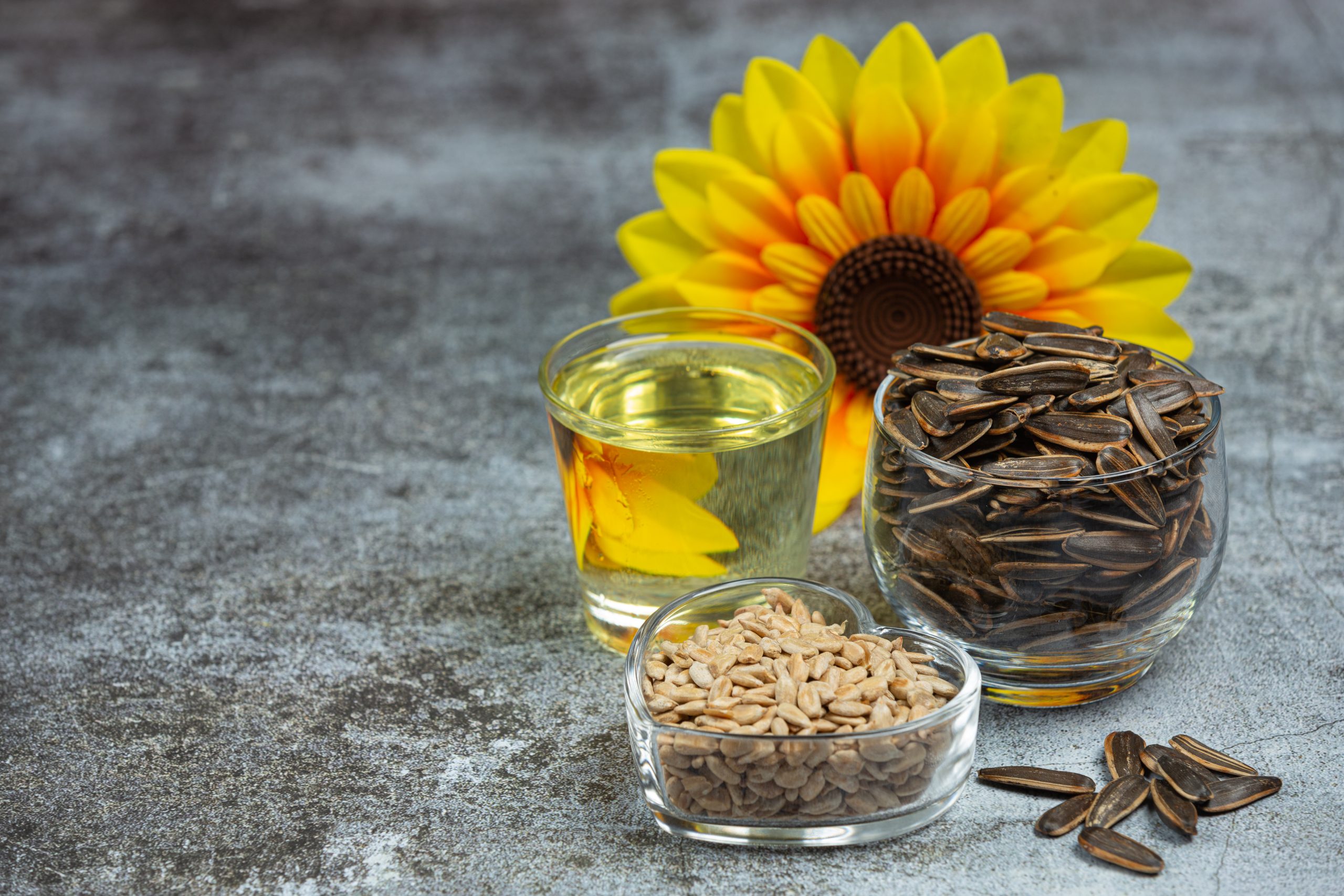Suet is a nutritious bird feeder staple enjoyed by chickadees, woodpeckers, nuthatches and other backyard birds during colder months. With so many suet options available though, how do you select one that’s actuallyideal for attracting birds? Important factors like ingredients, melting point and cost differentiate the best from the rest.
Key Criteria for Quality Suet Cakes
When evaluating suet cakes or other suet bird feed, here are the top traits to assess:
Ingredients: The best suet uses mainly insect-based fats along with quality seeds, nuts, fruits and grains known to entice birds.
Melt Resistance: Temperature affects fat hardness. The highest melt points maintain shape and prevent messes even on hot days.
Calorie Density: Maximizing calories per bite best fuels birds’ metabolic needs and insulation.
Affordability: Balance cost versus value when pricing different suet choices for your budget.
Limited Messiness: Crumbly suet leaves more residue, while firm, clean styles minimize waste.
Natural Preservatives: Avoid suet with unnecessary artificial preservatives. Vitamin E works well.
With these criteria in mind, let’s review some top suet options for birds below.
##1. No-Melt Suet Cakes
Best For: Maintaining firmness and shape in all weather.
No-melt suet blends specially saturated fats with seeds, nuts, cornmeal, oats, dried fruit, honey and crunchy insect larvae. This creates a sturdy, nutritious cake staying solid up to 130°F temperatures. The extreme firmness prevents drippage messes while lasting longer per cake. It does tend to be more expensive than regular suet though and requires a saw to cut portions.
Try: C&S Bin-O-Fat No Melt Suet
#2. Insect Suet Cakes
Best For: High-protein, naturally attractive suet.
Insect suet similarly resists heat well while offering an ultra nutritious, high-fat formula that draws in the most insect-loving birds. Such species highly prize the abundant mealworms, beetle larvae, fly larvae and other dried insects embedded inside. These animal-based lipids are also easier for birds to digest efficiently.
Try: C&S Mealworm Suet Cakes
#3. Berry Suet
Best For: Frugivorous birds like robins and waxwings.
This berry-studded suet perfectly caters to fruit-loving species. Either dried berries or berry juice gets blended into base suet along with sunflower hearts, peanuts, corn and pine nuts. So birds enjoy sweet fruit flavors in every bite along with other treats. Offer berry suet near dense cover for best results attracting shy fruit-eaters.
Try: Lyric Ultimate Fruit & Berry Suet
#4. Peanut Suet
Best For: Woodpeckers, chickadees, titmice and nuthatches.
Peanut suet aims to please classic suet-eating birds with an ultra affordable peanut-based cake. Peanut bits make up 50% or more of the total content. Corn, sunflowers, millet and oats fill out the rest. The peanuts offer a winning taste and high fat ratio to appeal to key suet consumers. This budget-friendly option works well, though lacks insect ingredients.
Try: Woodstock Peanut Suet Cakes
#5. Suet Nut & Fruit Blends
Best for: Widest variety of common yard birds.
These incorporate good amounts of fruit, nuts and seeds to cater to diverse species preferences. Expect peanuts, almonds, sunflowers, raisins, dried cherries, corn kernels and more in mix. Offering an “everything but the kitchen sink” suet fosters better feeding diversity. It may attract fewer individuals of any one species though.
Try: Songbird Essentials Nut & Fruit Suet
Table: Comparison of Top-Rated Suet Types
| Suet TypeFat SourceNutrition ProfileCostTexture/FirmnessNo-Melt SuetBeef fatMedium-high fat % Sunflower seeds Peanuts GrainsHighExtremely firmInsect SuetBeef fat, larvaeHighest fat % Insect protein Seeds NutsModerateSemi-firm blendBerry SuetVegetable oilsLower fat % Fruit Dried berries Nuts/seedsLowSoft but holds brieflyPeanut SuetPeanut oilHigh fat ratio Peanuts Corn, oatsLowestFirm but crumbles easilyNut/Fruit BlendsMixed plant/beef fatsModerate fat Mixed ingredientsLow-moderateVaries greatly by specific product |
|---|
Best Suet Practices
To get optimal results from whichever suet you offer birds, follow these feeding tips:
- Pick weather-resistant suet for hot climates, seasons
- Choose slim cage feeders preventing big pieces breaking off
- Site feeders in shade to help suet last longer
- If softening, stick suet in fridge overnight to harden
- Wipe up fallen suet debris regularly to avoid messes
- Supplement with nut/fruit blends for diversity
Conclusion
When choosing suet, prioritize quality fat sources paired with energy-dense nuts, seeds, corn and fruit favored by regional birds. Consider climate conditions and your target bird species’ preferences as well. The best suet offers maximum nutritional value, ingredient appeal, and temperature resistance to suit feeder visitors and budget. Monitoring use and tweaking options lets you determine an ideal suet match.
Suet Feeder FAQs
What is suet actually made of?
Suet refers to any hard animal fat. Most commercial suet uses saturated beef fat blended with seeds, grain, nuts etc. Some brands make suet from vegetarian fats too.
Can you offer suet in summer?
Yes, no-melt suet is formulated to withstand hot weather. Other suet can be offered too with shade, frequent replacing, and metal cages catching drips.
How long does suet last in feeders?
In moderate temps, most suet lasts 1-2 weeks. No-melt formulas may endure a month or longer before going rancid. Replace promptly when showing mold, smells unpleasant or turns oddly colored.
Do you need a special feeder for suet?
While suet will stick to platform feeders briefly, wire cages specifically made for suet blocks work far better at supporting cakes. Look for small mesh preventing big chunks breaking off.
Is homemade suet safe for birds?
Rendered homemade beef fat suet is fine. But improperly prepared fat risks bacterial issues. Unless experienced, stick to reputable commercial suet products made specifically for wild birds.



